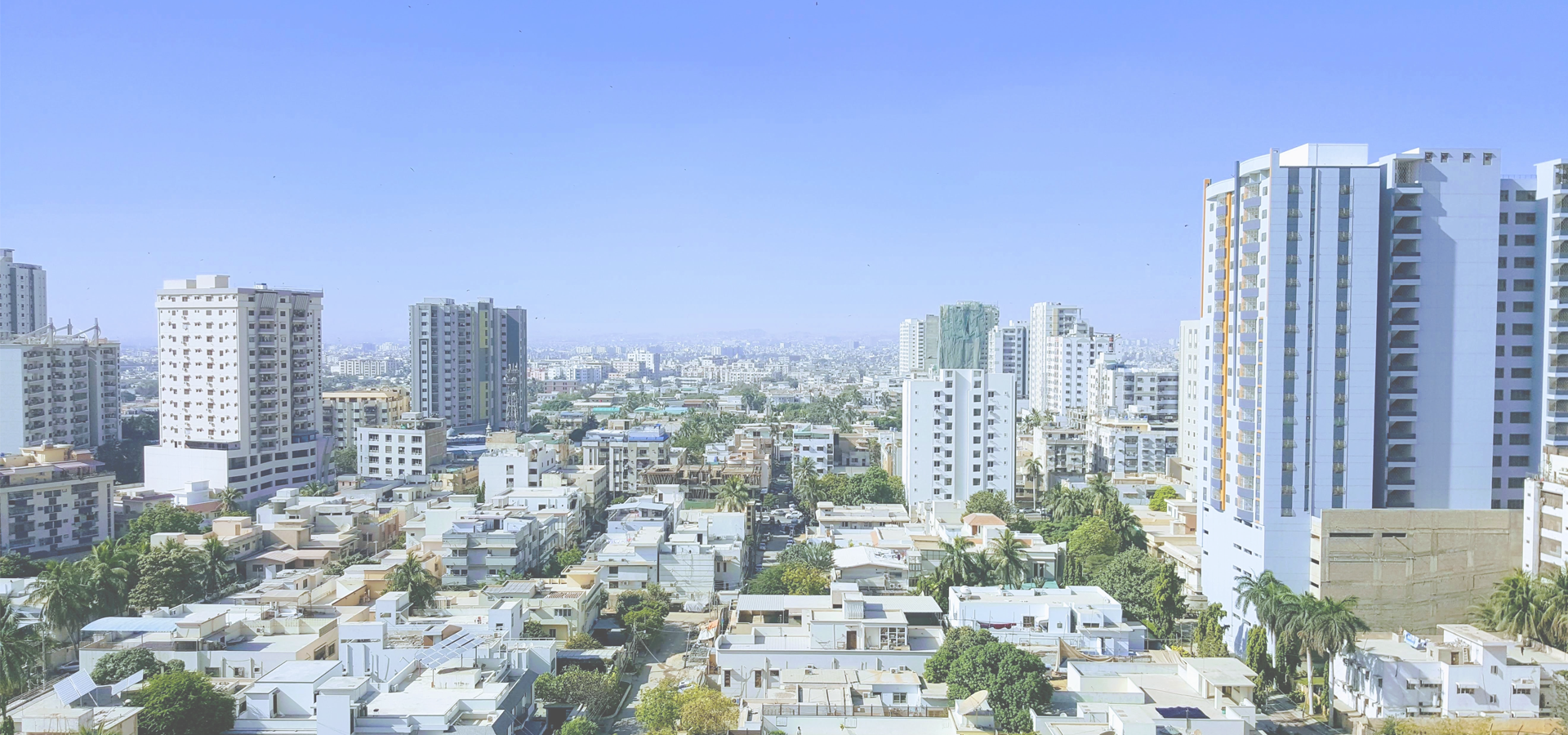Muzaffarabad, Azad Kashmir Region, Pakistan
🇵🇰 Muzaffarabad is the capital and largest city of Azad Jammu and Kashmir. The city is located in Muzaffarabad District, near the confluence of the Jhelum and Neelum rivers. The district is bounded by the Pakistani province of Khyber Pakhtunkhwa in the west, the Kupwara and Baramulla districts of Indian-administered Jammu and Kashmir in the east, and the Neelum District in the north.
History Muzaffarabad was founded in 1646 by Sultan Muzaffar Khan, chief of the Bomba tribe who ruled Kashmir. Khan also constructed the Red Fort that same year for the purpose of warding off incursions from the Mughal Empire.
Administrative subdivisions The district of Muzaffarabad is administratively divided into 2 tehsils, which are subdivided into 25 union councils. • Muzaffarabad • Pattika (Naseerabad).
Transport The nearest railway station is located in the Rawalpindi District of Pakistani Punjab.
Karachi Time

Muzaffarabad has a population of over 149,900 people. Muzaffarabad also forms part of the wider Azad Kashmir Territory which has a population of over 4,045,366 people.
To set up a UBI Lab for Muzaffarabad see: https://www.ubilabnetwork.org Twitter: https://twitter.com/UBILabNetwork
Twin Towns - Sister Cities Muzaffarabad has links with:
🇺🇸 Bend, USA🇺🇸 Santa Clarita 34.388
🇵🇰 Mandi Bahauddin 73.467
🇵🇰 Sarai Alamgir 73.75
🇮🇳 Vasco da Gama 73.8
🇮🇳 Pimpri-Chinchwad 73.8
Locations Near: Muzaffarabad 73.4648,34.3464
🇵🇰 Abbottabad 73.217,34.15 d: 31.6
🇵🇰 Islamabad 73.05,33.683 d: 83.1
🇵🇰 Rawalpindi 73.067,33.6 d: 90.8
🇵🇰 Taxila 72.783,33.733 d: 92.7
🇵🇰 Swabi 72.467,34.117 d: 95.2
🇵🇰 Gujar Khan 73.305,33.259 d: 121.9
Antipodal to: Muzaffarabad -106.535,-34.346
🇨🇱 San Pedro de la Paz -73.1,-36.833 d: 16994.5
🇨🇱 Concepción -73.05,-36.817 d: 16989.9
🇨🇱 Chiguayante -73.017,-36.917 d: 16987.9
🇨🇱 Valdivia -73.233,-39.8 d: 17017.1
🇨🇱 Temuco -72.667,-38.733 d: 16967.9
🇨🇱 Cauquenes -72.35,-35.967 d: 16917.9
🇨🇱 Port Montt -72.933,-41.467 d: 16983.5
🇨🇱 Puerto Montt -72.933,-41.467 d: 16983.5
🇨🇱 Angol -72.25,-38.25 d: 16929.8
🇨🇱 San Carlos -71.95,-36.417 d: 16887.9